INFOS & SERVICE
OUR OTHER WEBSITES
Arrive in Kunming
Welcome in Yunnan, China
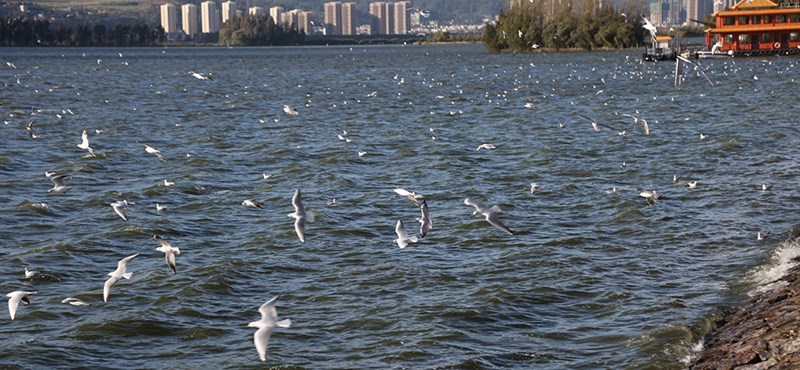
High-speed train Kunming – Dali
San Ta Si, Erhai Lake, Dali ancient small town
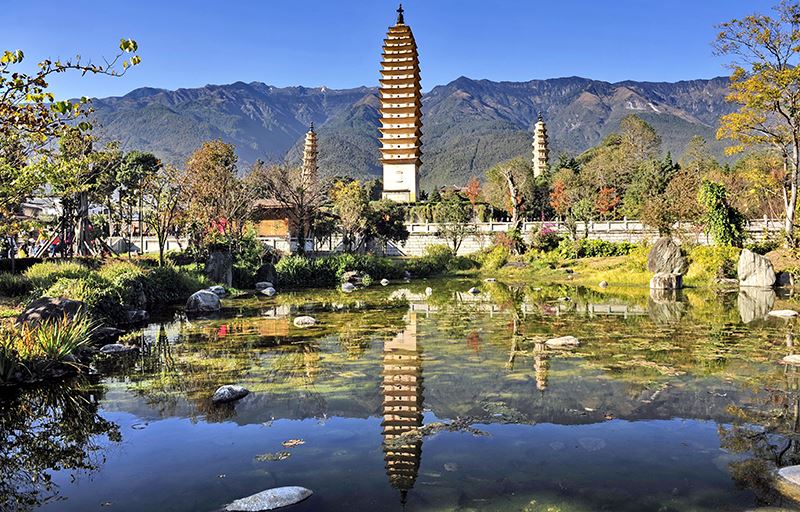
Dali – Xizhou – Shaxi – Lijiang
Old towns Xizhou and Shaxi. Ancient tea horse road
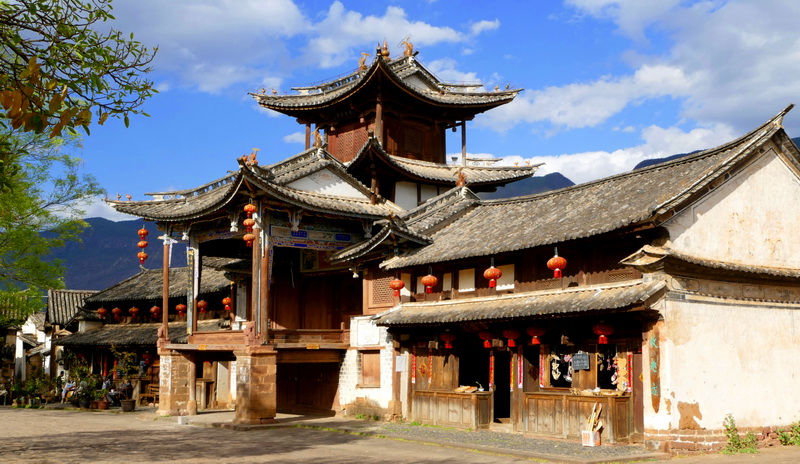
Lijiang
Old town Lijiang, Black Dragon Pool, Dongba Culture Museum, mural at Baisha Village and residence of Josef Rock at Yuhu Village
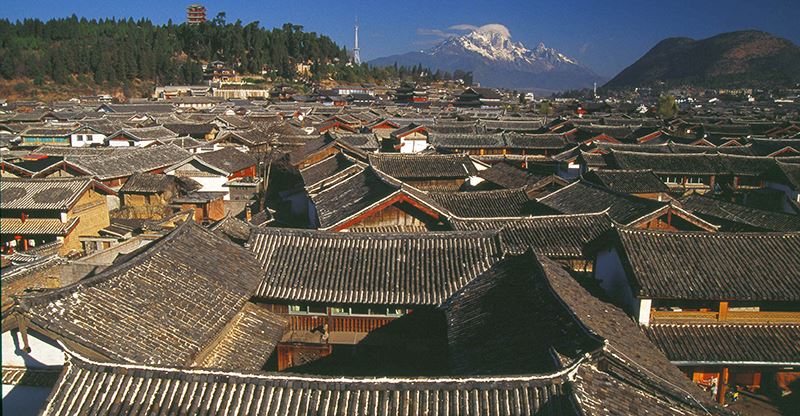
Lijiang - Tiger Leaping Gorge – Shangri-La
Walking in the Tiger Leaping Gorge. Old town Dukezong
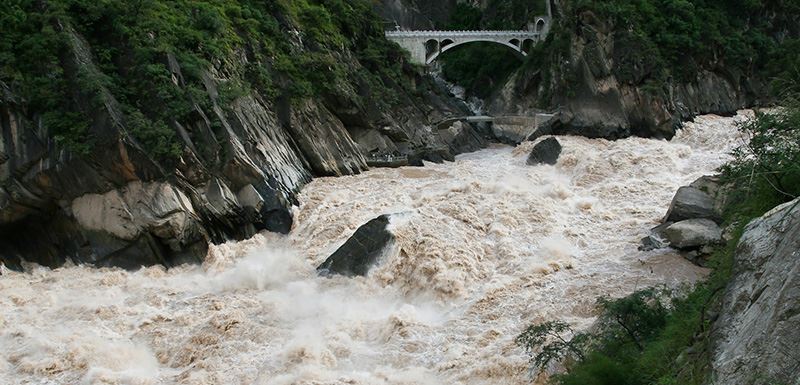
Shangri-La
Sumzanlin Monastery and Napahai Lake
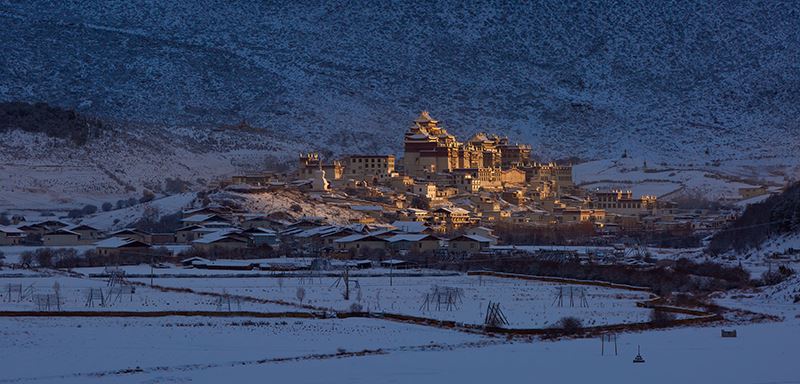
Air Shangri-La – Lhasa
Welcome to Lhasa - the roof of the world. Visit nunnery Ani Sangkhung

Lhasa
Potala Palace – landmark of Lhasa, Jokhang and Barkhor Street
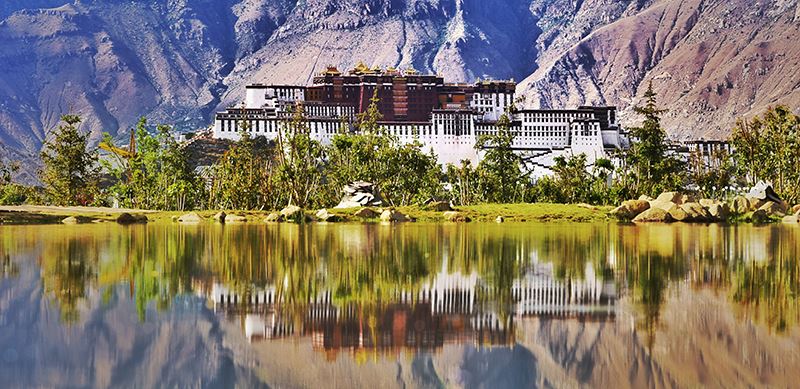
Lhasa
Panoramic view over Potala, Norbulingka, Debate in Sera
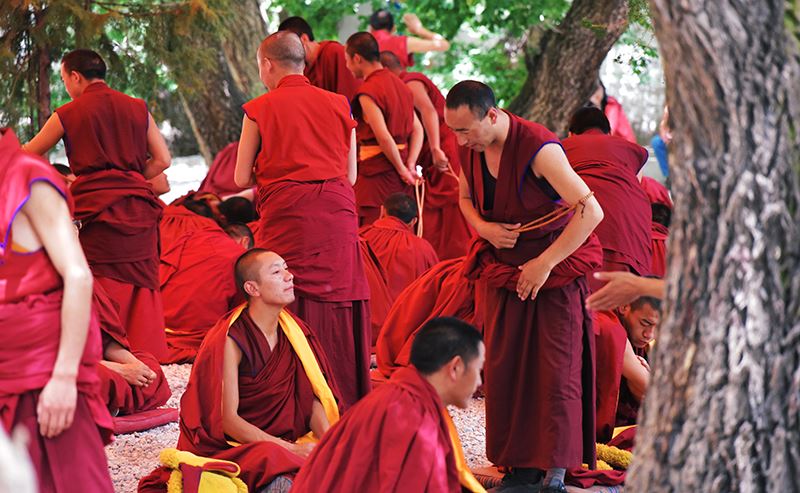
Lhasa – Gyantse – Shigatse
Karo La Pass and Glacier, holy lake Yamdrok, Palkhor with Pagoda Kumbum
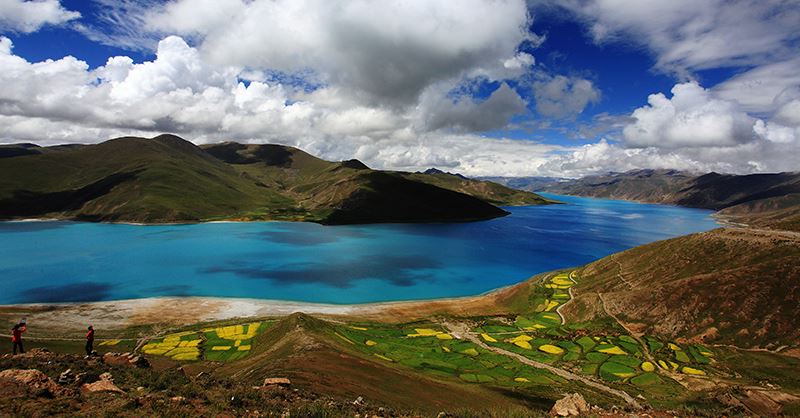
Shigatse – Lhasa
Tashilunpo Monastery in Shigatse, traditional manufacture for Tibetan incense
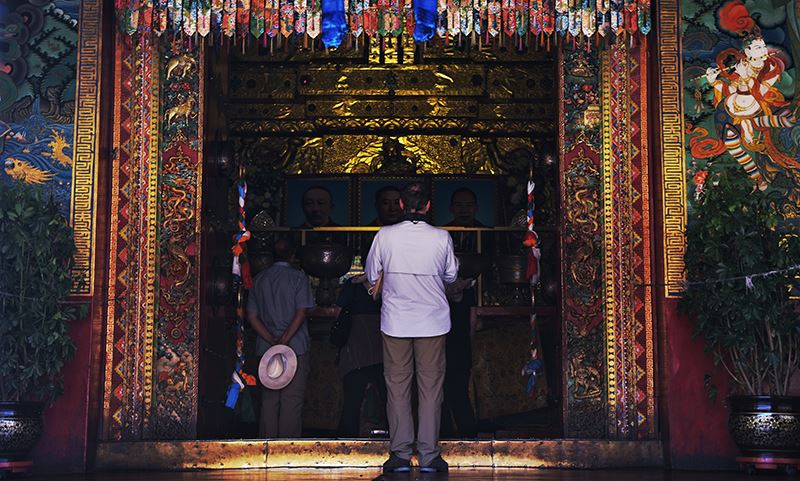
Leave Tibet
Travel to next destination
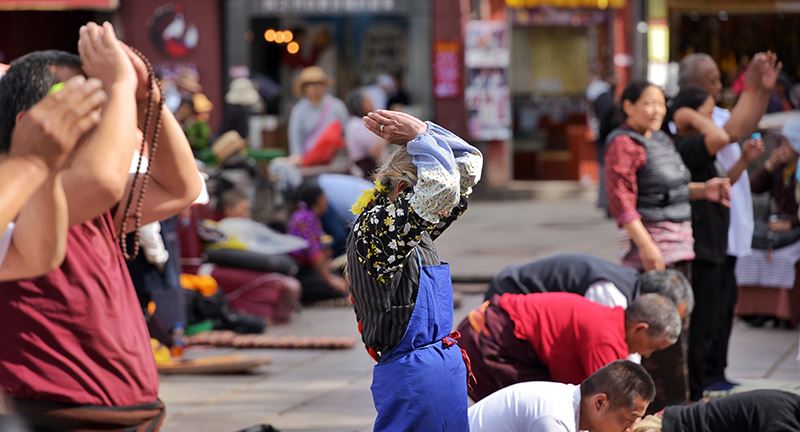
Private travel, great experiences! Please contact us for your tailor-made travel offer.
With individual China Tibet travel, you can decide when, where and how you go on tour by yourself. What's more, you can choose the length of travel and whom you go with.